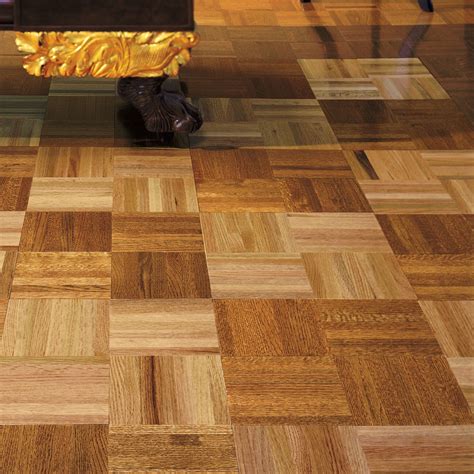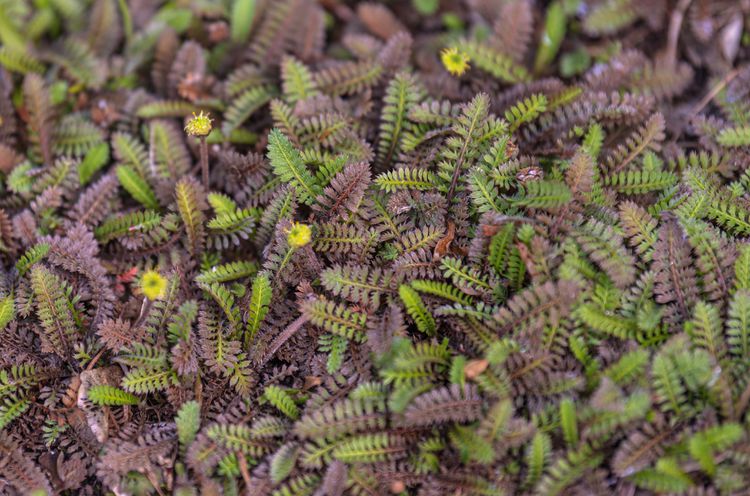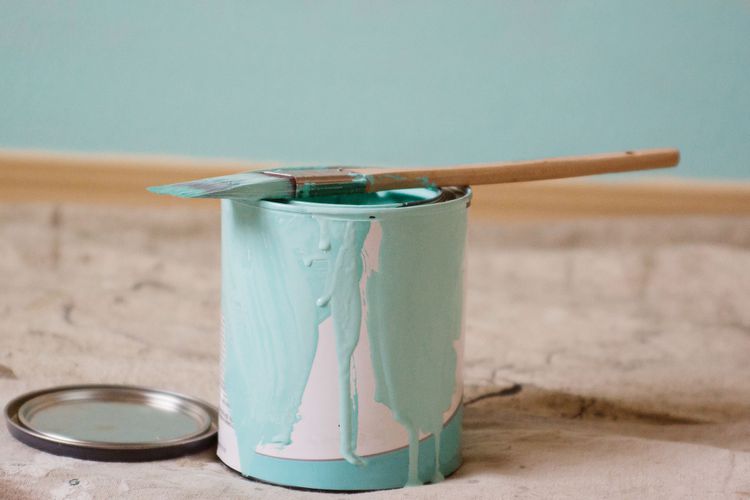
Parquet wood flooring is a classic and stylish option that adds a touch of elegance to any space. With its unique patterns and designs, parquet flooring offers a distinctive aesthetic appeal that can elevate the look of your home. In this article, we will explore the features, design options, and maintenance considerations of parquet wood flooring.
Parquet Tiles
Parquet flooring is composed of small wood pieces arranged in intricate patterns. These wood pieces, also known as parquet tiles or blocks, are typically made from hardwoods such as oak, walnut, or maple. The tiles are precisely cut and fitted together to create beautiful geometric designs, such as herringbone, chevron, or basketweave patterns.
Unfinished vs. Prefinished Parquet
Parquet flooring is available in both unfinished and prefinished options. Unfinished parquet tiles require on-site finishing after installation, allowing you to customize the color and finish according to your preference. Prefinished parquet, on the other hand, comes already finished from the manufacturer, saving you time and effort.
Parquet Flooring Design Options
One of the advantages of parquet flooring is the wide range of design options available. Whether you prefer a classic and traditional look or a more contemporary style, there is a parquet pattern to suit your taste. Some popular designs include:
- Herringbone: This timeless pattern features rectangular tiles arranged in a staggered zigzag pattern.
- Chevron: Similar to herringbone, chevron pattern parquet consists of tiles arranged in a V-shaped design.
- Basketweave: This pattern creates a woven effect by combining rectangular tiles in a grid-like formation.
Parquet Water Concerns
While parquet flooring adds beauty to your home, it’s important to consider its vulnerability to moisture. Excessive water exposure can cause the wood to warp or swell, damaging the flooring. Therefore, it is essential to avoid installing parquet in areas prone to high humidity or moisture, such as bathrooms or basements.
Refinishing a Parquet Floor
Over time, parquet flooring may show signs of wear and tear. The good news is that parquet floors can be refinished to restore their original beauty. Refinishing involves sanding down the surface, removing the old finish, and applying a new coat of finish. This process helps to remove scratches, stains, and imperfections, giving your parquet floor a fresh and renewed appearance.
FAQs
1. Is parquet flooring suitable for high-traffic areas?
Yes, parquet flooring is durable and can withstand moderate to high foot traffic. However, it is important to properly maintain and care for the floor to ensure its longevity. Regular cleaning and prompt removal of spills or stains are crucial to keeping your parquet floor looking its best.
2. Can parquet flooring be installed over concrete?
Yes, parquet flooring can be installed over concrete surfaces. However, it is necessary to use a moisture barrier or underlayment to protect the wood from moisture seeping up through the concrete. Consulting with a professional installer can ensure proper installation techniques for concrete subfloors.
3. How often does parquet flooring need to be refinished?
The frequency of refinishing parquet flooring depends on
various factors, such as the amount of foot traffic and the quality of the finish. In general, parquet floors may need to be refinished every 5 to 10 years. However, regular maintenance and proper care can help extend the lifespan of the finish and delay the need for refinishing.
Conclusion
Parquet wood flooring is a beautiful and versatile option that brings timeless elegance to any home. Its intricate patterns and design options offer endless possibilities to create a unique and stylish space. By understanding its features, design choices, and maintenance requirements, you can confidently choose parquet flooring to enhance the beauty and value of your home.






